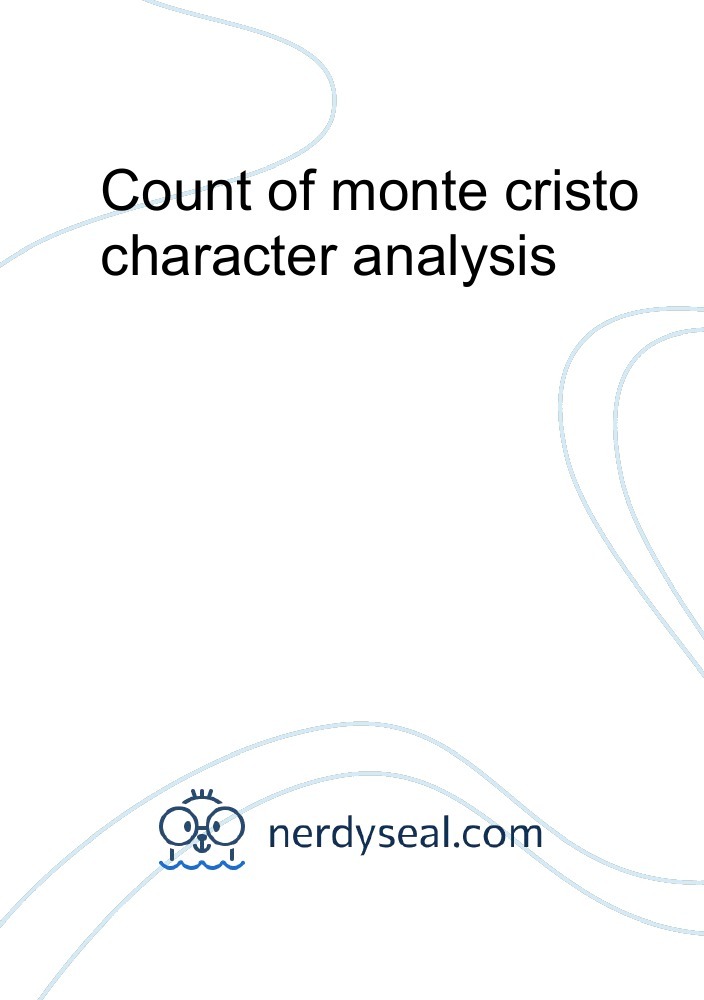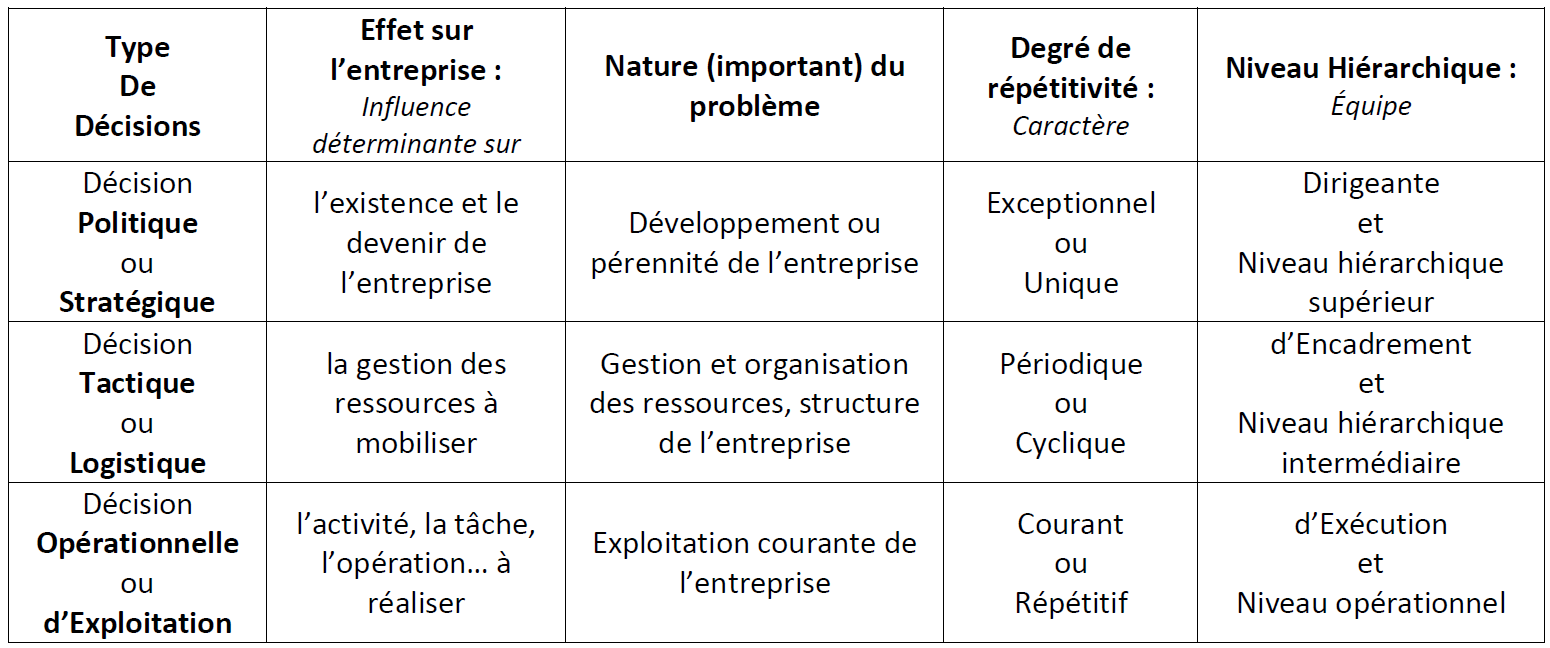An In-Depth Analysis Of The Count Of Monte Cristo

Table of Contents
Alexandre Dumas's The Count of Monte Cristo is more than just a thrilling adventure; it's a timeless masterpiece that continues to captivate readers centuries after its publication. This epic tale of betrayal, revenge, and redemption remains strikingly relevant to modern audiences, exploring themes that resonate deeply with our own experiences. The Count of Monte Cristo transcends its historical setting, offering a compelling narrative that delves into the complexities of human nature, the seductive nature of power, and the enduring quest for justice. This article aims to provide a comprehensive analysis of the novel, examining its intricate plot, richly developed characters, profound themes, and lasting impact on literature and popular culture. We'll explore the intricacies of revenge, the pursuit of justice, the possibility of redemption, and the enduring legacy of this classic work.
2. Main Points:
2.1 The Compelling Plot and Narrative Structure of The Count of Monte Cristo
The intricate plot of The Count of Monte Cristo is a masterclass in storytelling. Dumas masterfully weaves multiple interwoven storylines, creating a tapestry of suspense and intrigue. The narrative employs flashbacks and foreshadowing, expertly building tension and anticipation. The plot unfolds in a series of carefully orchestrated events, each contributing to the overarching narrative. Key turning points include:
- The wrongful imprisonment of Edmond Dantès: This pivotal event sets the stage for Edmond's transformation and his subsequent quest for revenge. The injustice he suffers fuels his desire for retribution and shapes his actions throughout the novel.
- His escape and transformation into the Count of Monte Cristo: This escape is not merely a physical liberation; it represents a profound psychological and spiritual transformation. The acquisition of his immense wealth and influence allows him to meticulously plan his revenge.
- His meticulous plan for revenge against his enemies: The Count’s methodical approach to enacting his vengeance is a significant element of the plot. The suspense lies not only in what he does, but how he orchestrates each act of retribution.
- The consequences of his actions and the exploration of justice versus revenge: Dumas doesn't shy away from exploring the moral ambiguities of revenge. The novel raises crucial questions about the nature of justice, whether revenge truly provides satisfaction, and the potential for self-destruction.
The novel is filled with plot twists, cliffhangers, and suspenseful elements that keep readers hooked until the very end, showcasing Dumas’s mastery of narrative techniques.
2.2 Key Characters and Their Development in The Count of Monte Cristo
The Count of Monte Cristo boasts a vibrant cast of characters, each with their own motivations, flaws, and transformations. A character analysis reveals the depth and complexity of Dumas's creation:
- Edmond Dantès: The protagonist's journey is central to the novel. He evolves from an innocent, hopeful young man to a vengeful Count, highlighting the corrupting influence of betrayal and injustice. This character development is arguably the most compelling aspect of the story.
- Fernand Mondego: The antagonist's ambition and betrayal drive much of the plot. His jealousy and desire for power motivate his actions, illustrating the destructive nature of unchecked ambition.
- Mercédès: Her role is complex and evolves throughout the narrative. Her unwavering love for Edmond initially, and then her conflicted feelings as she navigates the consequences of his revenge, add another layer of emotional depth.
- Abbé Faria: This enigmatic character acts as a mentor and guide to Edmond. His influence is crucial in shaping Edmond’s intellectual and strategic capabilities.
The complex relationships between these characters—the love, betrayal, and rivalry—are integral to the unfolding of the plot. This nuanced character development makes the story deeply engaging and allows for multiple interpretations.
2.3 Exploring the Themes of The Count of Monte Cristo: Revenge, Justice, and Redemption
The Count of Monte Cristo explores several profound themes, most notably revenge, justice, and redemption.
- Revenge: The central theme is the pursuit of revenge and its devastating consequences. Dumas examines the moral ambiguities of revenge, showing how it can consume the avenger and inflict further suffering.
- Justice: The novel questions the nature of justice and whether the Count’s actions constitute true justice. The novel explores different forms of justice—legal, personal, and divine—and their limitations.
- Redemption: The possibility of redemption and forgiveness is a crucial theme. The novel suggests that even after acts of vengeance, there might be a path towards reconciliation and self-forgiveness.
- Other themes: Betrayal, ambition, love, and loss are interwoven throughout the narrative, enriching the overall thematic complexity. The exploration of these interlinking themes enhances the depth of the story.
2.4 The Enduring Legacy and Adaptations of The Count of Monte Cristo
The Count of Monte Cristo has enjoyed enduring popularity, influencing literature and popular culture significantly. Its captivating narrative continues to inspire adaptations across various media:
- Literary Impact: The novel's intricate plotting and exploration of complex themes have influenced countless subsequent works of literature. Its impact on the development of adventure and revenge narratives is undeniable.
- Film and Television Adaptations: Numerous film and television adaptations have been produced, each offering a unique interpretation of the story. These adaptations demonstrate the enduring appeal of the novel and its characters.
- Stage Productions: The dramatic potential of the story has also led to numerous successful stage productions, demonstrating its adaptability to different artistic mediums.
These adaptations, while often diverging in details, all attest to the enduring power of Dumas's original masterpiece.
3. Conclusion: Reappraising the Timeless Appeal of The Count of Monte Cristo
The Count of Monte Cristo remains a timeless classic due to its captivating plot, richly developed characters, and exploration of enduring themes. The complexities of revenge, justice, and redemption continue to resonate with contemporary readers, making this adventure novel a must-read. The meticulous planning of the Count’s revenge, the depth of his character arc, and the exploration of the human condition make it a compelling and enduring work. We encourage you to read or reread The Count of Monte Cristo, reflecting on its themes and characters. Share your thoughts on this timeless classic and discuss its relevance in our modern world. Rediscover the captivating world of Alexandre Dumas’s Count of Monte Cristo—a true masterpiece of classic literature.

Featured Posts
-
 Bradley Cooper Directs Will Arnett In New York City Is This Thing On Production Photos
May 05, 2025
Bradley Cooper Directs Will Arnett In New York City Is This Thing On Production Photos
May 05, 2025 -
 France Le Gouvernement Prend Des Decisions De Defense Sans Consulter Le Public
May 05, 2025
France Le Gouvernement Prend Des Decisions De Defense Sans Consulter Le Public
May 05, 2025 -
 Sandhagen Vs Figueiredo Ufc Fight Night Preview Analysis And Predictions
May 05, 2025
Sandhagen Vs Figueiredo Ufc Fight Night Preview Analysis And Predictions
May 05, 2025 -
 Poirier Retires Paddy Pimbletts Reaction And Analysis
May 05, 2025
Poirier Retires Paddy Pimbletts Reaction And Analysis
May 05, 2025 -
 Sarajevo Book Fair Gibonnis Book Promotion
May 05, 2025
Sarajevo Book Fair Gibonnis Book Promotion
May 05, 2025
Latest Posts
-
 Hbo To Adapt Gisele Pelicots Book A French Rape Victims Story
May 30, 2025
Hbo To Adapt Gisele Pelicots Book A French Rape Victims Story
May 30, 2025 -
 Telecharger L Integrale Europe 1 Soir Du 19 03 2025
May 30, 2025
Telecharger L Integrale Europe 1 Soir Du 19 03 2025
May 30, 2025 -
 Europe 1 Soir Emission Integrale Du 19 Mars 2025
May 30, 2025
Europe 1 Soir Emission Integrale Du 19 Mars 2025
May 30, 2025 -
 Subvention Pour Medine La Region Grand Est Face A La Colere Du Rn
May 30, 2025
Subvention Pour Medine La Region Grand Est Face A La Colere Du Rn
May 30, 2025 -
 L Integrale De L Emission Europe 1 Soir 19 03 2025
May 30, 2025
L Integrale De L Emission Europe 1 Soir 19 03 2025
May 30, 2025
